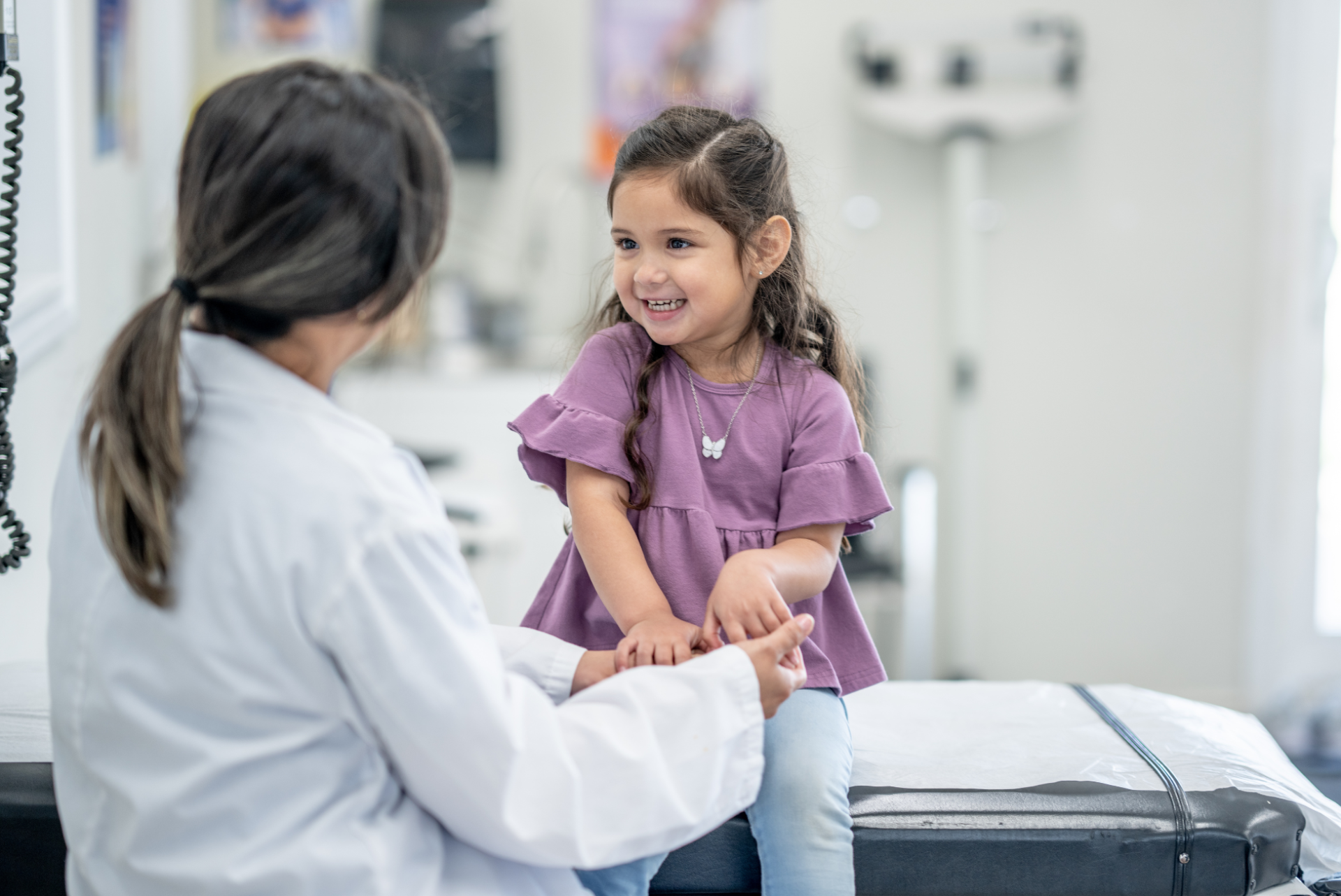Birth Outcomes
Ensuring New Hampshire children are born healthy is fundamental to lifelong health.
- Roughly 12,000 babies are born in New Hampshire each year. In 2021, 1,073 (8.5 percent) were born before 37 weeks of pregnancy. Premature babies can have long-term intellectual and developmental disabilities and problems with their lungs, brain, eyes and other organs.
- Ensuring pregnant women have access to prenatal health care is critical for preventing preterm births. In New Hampshire, nearly 500 babies are born to mothers who delayed prenatal care. This is highest in Belknap County, were the region's only birthing hospital closed its labor and delivery center in 2018.
- Over the past five years, New Hampshire has seen a decrease in babies born to teen moms, reaching an all-time low of 4.9 per 1,000 births in 2021. Births to teen moms are highest in Sullivan county (13.1 per 1,000 births) and lowest in Rockingham county (2.53 per 1,000 births). Children born to teen moms are linked to a higher likelihood of low birth weights, pregnancy complications, and perinatal death, lower academic achievement later in life, and an increase of behavioral health problems, so it is critical for the state to continue to support programs that prevent teen pregnancy and offer postpartum supports to those teens who do give birth.
Home Visiting
380 New Hampshire families received in-home support through the Maternal, Infant and Early Childhood Home Visiting (MIECHV) program in 2021. Home visiting improves maternal and infant health outcomes, positive parenting practices, family economic self-sufficiency, and school readiness.
Access to Insurance & Care
While New Hampshire has taken steps to improve health supports, nearly 4% of children still remain uninsured.
- Approximately one in three children in New Hampshire receive health insurance through Medicaid and/or the New Hampshire Healthy Families program, while 67% of children are on private insurance plans.
- Out-of-pocket health care costs are more than $500 per year for more than 3 in 10 New Hampshire children. Children are considered to be underinsured if out-of-pocket health care costs, excluding premiums, were equal to five percent or more of household income for individuals living under 200 percent of the federal poverty level ($55,500 for a family of four in 2022).
- Home visiting is a way of delivering prevention and early intervention services for expecting parents and families of young children. New Hampshire home visiting programs supported 380 families in 2021.
Solving Problems Through Policy Change
Between 2009 and 2013, mental health-related emergency department visits increased 56.4 percent for pediatric patients (Wolff, Jennifer C et al., 2023).
On any given day in New Hampshire, at least one child facing a mental health crisis is boarded in a hospital emergency room, where they often receive limited treatment for their mental health disorder. New Futures is committed to supporting policy efforts to get children out of emergency rooms and into evidence-based treatment programs.
Mental Health
Improving access to behavioral health services is critical to ensuring New Hampshire youth thrive.
- 1 in 3 children in New Hampshire has one or more reported mental, emotional, behavioral or developmental health diagnosis, and 44 percent of youth felt sad or hopeless almost everyday for two weeks or more. Yet, only 11.2 percent of children saw a mental health professional in the last 12 months.
- Suicide is the second-leading cause of death for New Hampshire youth ages 15-24. Nearly 25% of youth have seriously considered attempting suicide, and nearly 10% have attempted suicide at least once.
- Funding a comprehensive system of care and the Multi-Tiered System of Support for Behavioral Health and Student Assistance (MTSS-B) is critical to ensuring youth have access to mental and behavioral health resources at home and at school.
Lead in Drinking Water
A 2023 report showed that 3 in 5 schools and 1 in 5 child care centers had at least one drinking water source that had elevated lead levels in the water. Out of the 3,236 drinking water sources that were flagged, 92% of have completed remediation methods. The most popular method was permanently removing the fixture or posting "no drinking" signs.
Lead Testing & Mitigation
New Hampshire can do more to prevent lead poisoning in children and reduce mitigation costs for families.
- In 2021, 2,247 fewer New Hampshire children were tested for lead than in 2020, representing a 25% drop in the number of children tested since 2019. Only 60 percent of one-year-olds and 51 percent of two-year-olds swere screened in 2021.
- Despite the drop in testing, the number of children with elevated blood lead levels (EBLLs) is on the rise. In 2021, 467 children tested positive for elevated blood lead levels. Lead exposure can cause damage to the nervous system and brain, slow growth and development, and cause underperformance in school. In adulthood, in can cause high blood pressure and kidney failure.
- 250,000 housing units - more than half of New Hampshire's housing stock - were built before the 1978 ban on lead in residential paint. As such, 30 percent of childhood lead poisoning happen where remodeling or renovations have occurred within the last six months in homes, childcare centers, and schools. Despite this, the cost of mitigation for a home remains high, with the average bill costing $8,000-$10,000.


